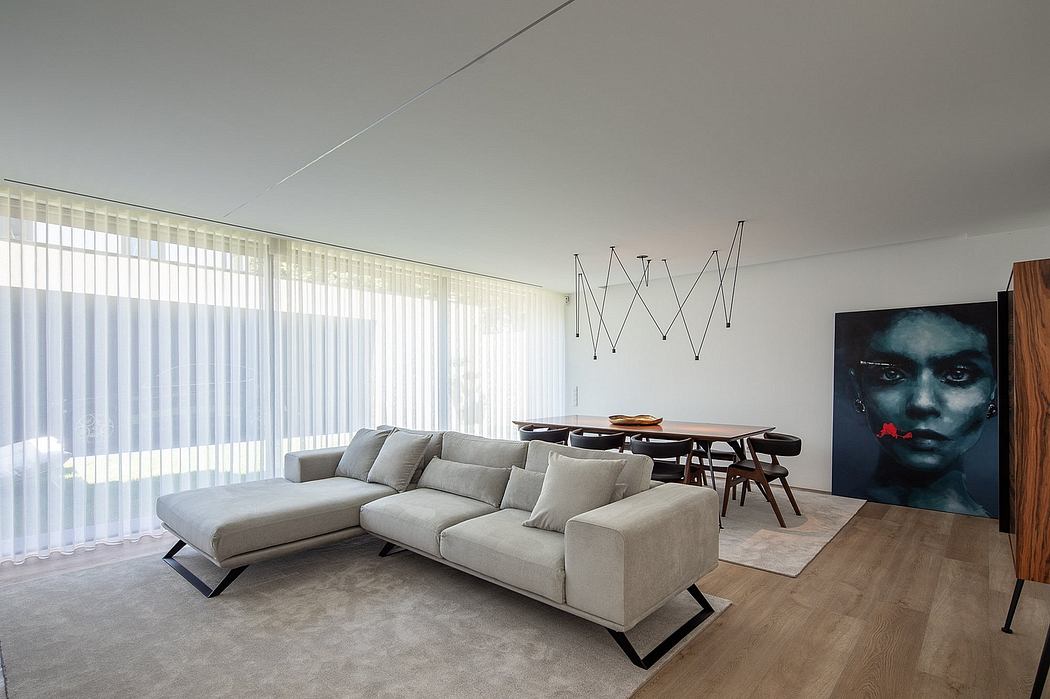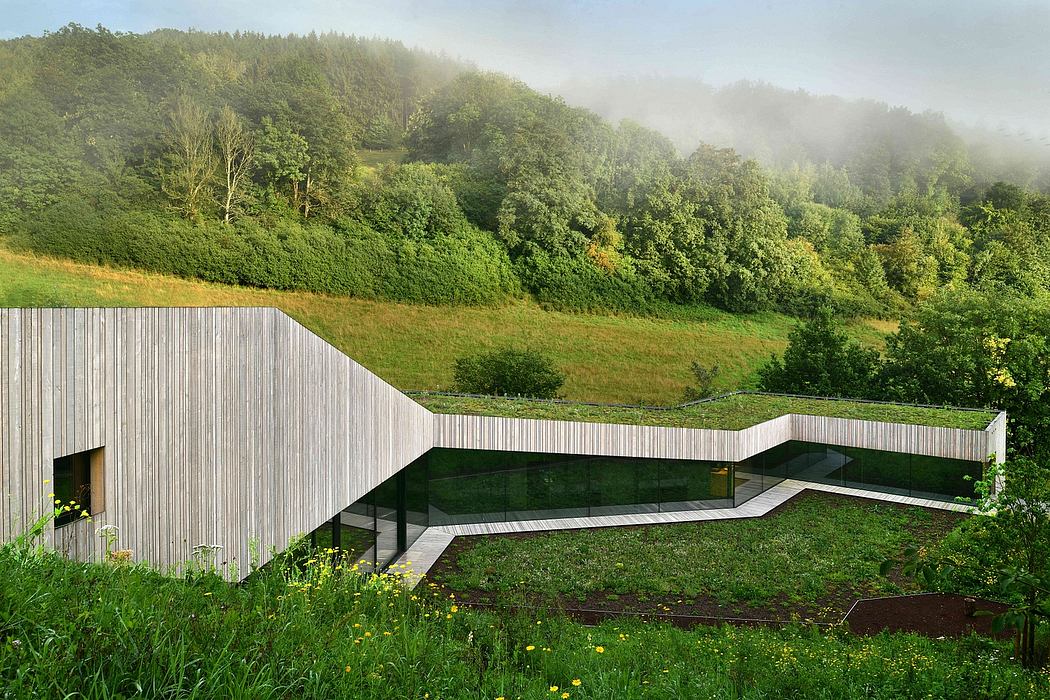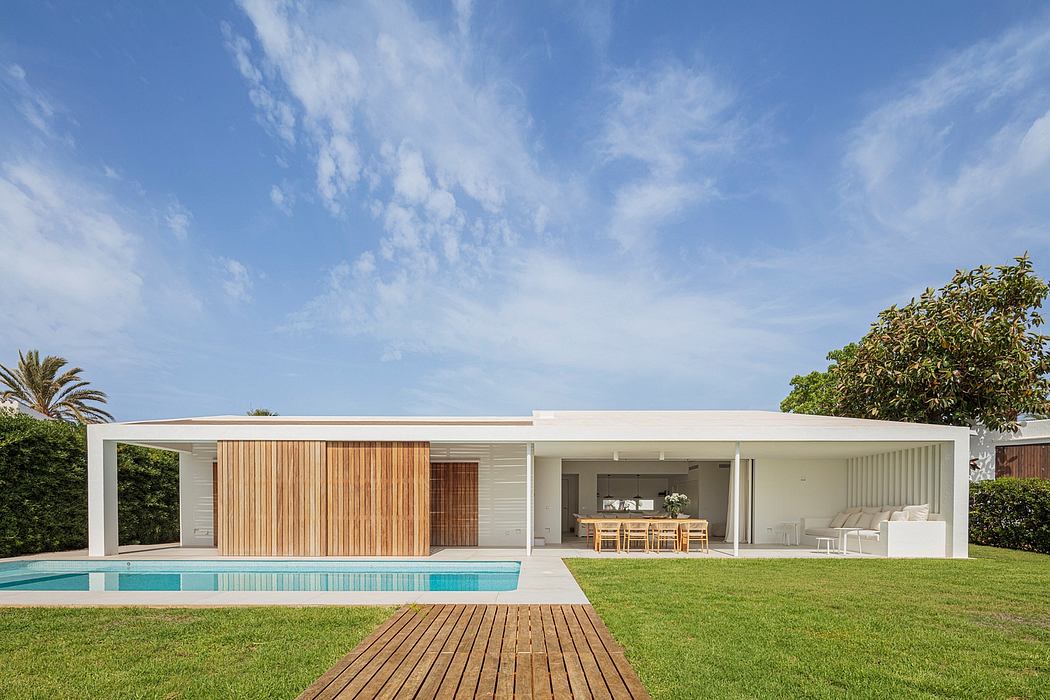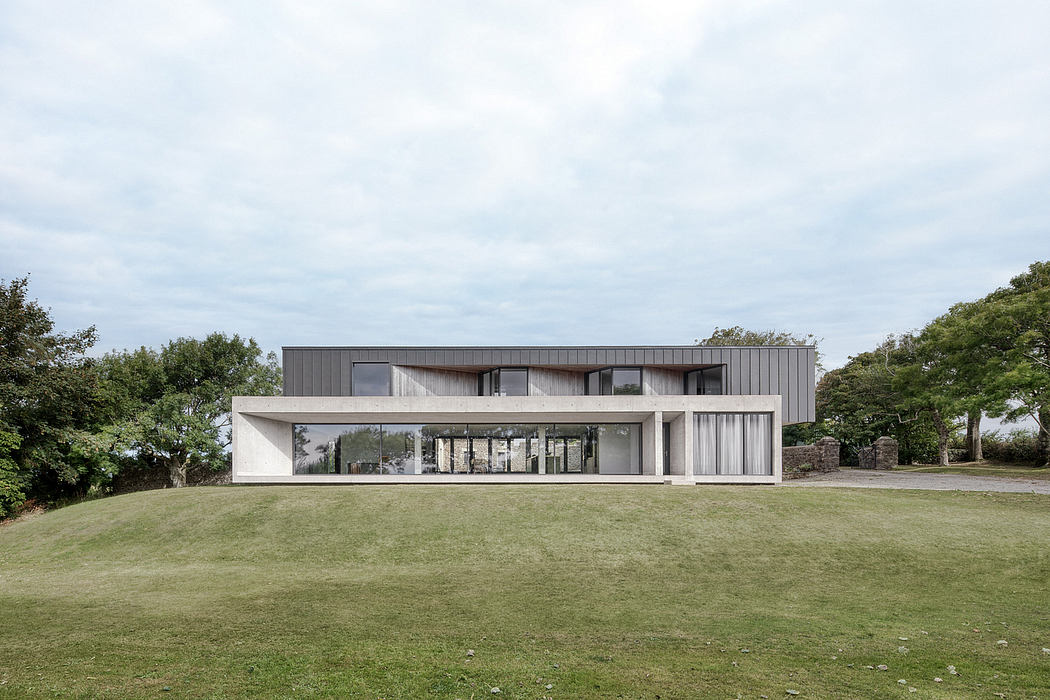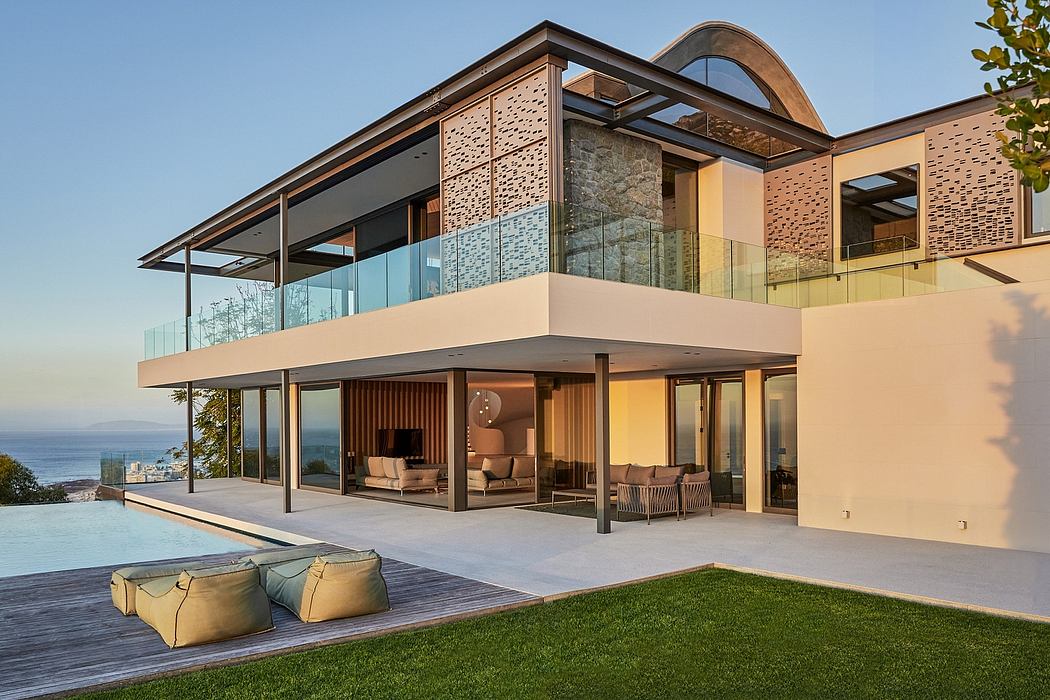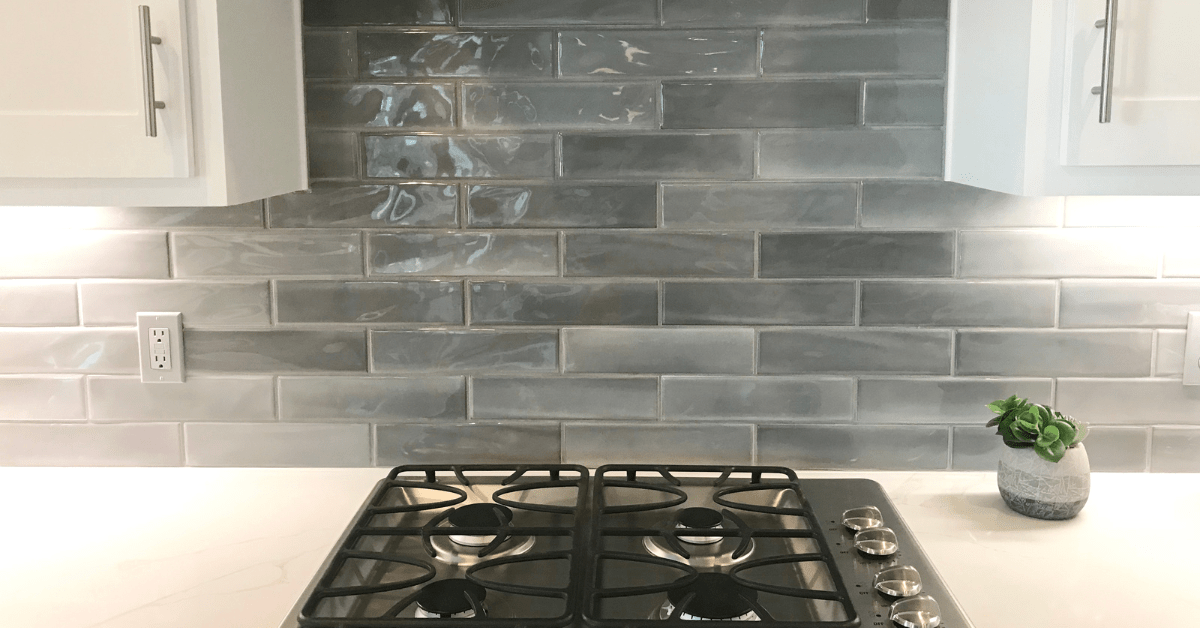Artful Contrast of Old & New: Traditional Facade with Modern Extension
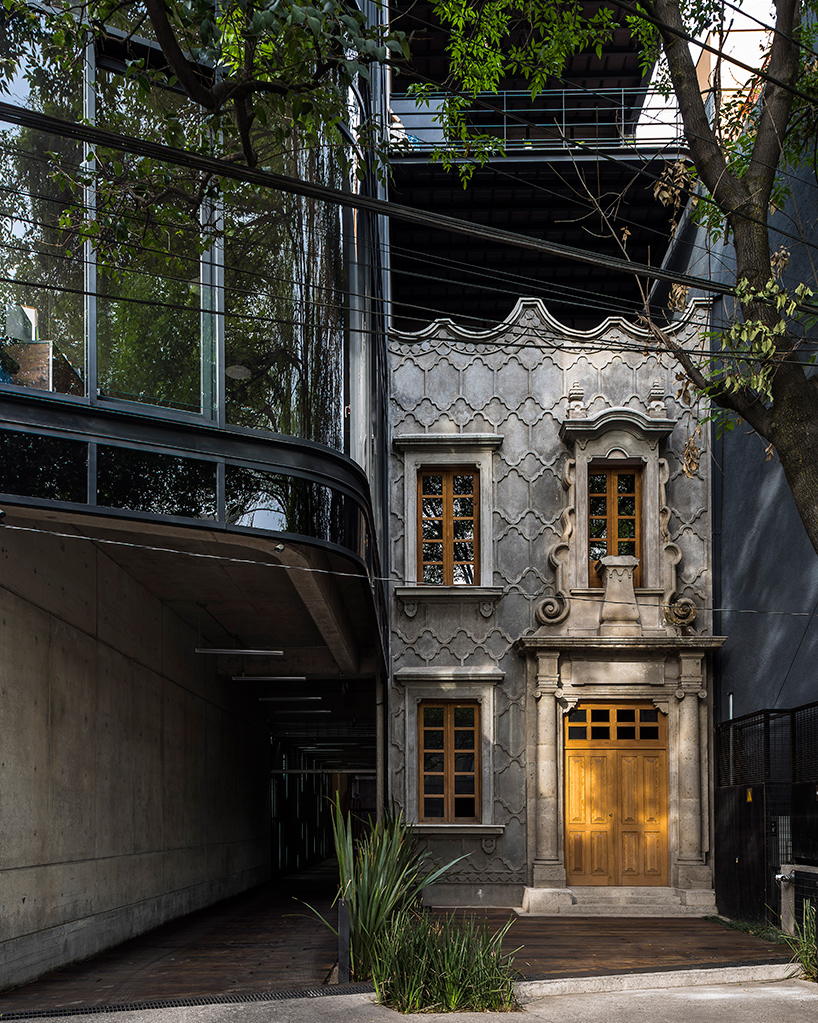
There?s no stopping the forward march of progress, and cities have to grow to keep up with the changing world, but sometimes that growth can be hard to watch. Particularly when it?s designed in the local vernacular, older architecture has sentimental value, standing as tangible reminders of decades and even centuries past and reflecting the history of a specific neighborhood. In our modern age of rapid urbanization, streets that were once quiet residential havens can become bustling thoroughfares full of skyscrapers virtually overnight, and developers have few incentives to preserve aging structures when towering buildings full of pricey condominiums offer the biggest possible return on their investment. But for locals, seeing historic architecture disappear – especially when it represents a particular culture that has been pushed out of the neighborhood – can feel like a terrible loss.
We want our futuristic cities full of high-density solutions that curb urban sprawl, but many of us also want to see the character that makes our neighborhoods what they are preserved through all the changes. This expansion in Mexico City?s historical Colonia Condesa district is one example of how we can promote the preservation of buildings that aren?t historic enough to have protected status through the government. While most of the original structure was removed to allow for nearly 30,000 square feet of additional office space for the city?s growing population, its facade wa...
Source:
dornob
URL:
http://dornob.com/design/architecture/
| -------------------------------- |
| Face to Face: Tom Dixon | Podcast | Dezeen |
|
|





